The salt of sea air, the acidity of a lemon. Clean, dry, neat and sharp.
Vineyard site: Gramogliano Hills, Corno di Rosazzo, Province of Udine, along the Slovenian Border.
Soil: Marl and sandstone flysch of Eocene origin.
Vinification: RBL’s bubbling technique differs substantially from that of traditional sparkling processes, both those made by re- fermenting the wine in bottle – i.e. following the traditional Methode Champenoise, named Metodo Classico in Italy – and those made by re-fermenting the wine in a pressurized vessel – i.e. using the so-called Charmat technique.
Our starting point is different: it is a must – and not a finished wine. The bubbles are made by retaining in the fermenting must the CO2 produced in the final stages of its fermentation. So there is no secondary fermentation – there is no need for it – and therefore no addition of sugar and yeasts, which also ultimately means no addition of alcohol, usually at least one degree.
In other words, we press our Ribolla grapes and place the resulting must in an open vat where it ferments as usual, releasing the CO2 into the air. Towards the end of the fermentation, when the residual sugar is around 25 grams per liter – just what it takes to produce the bubbles at a pressure of 5 or 6 bars – the vat is closed so that the CO2 released by the fermentation of the remaining sugar is retained in the resulting wine to form the bubbles. The wine is then left in the same vat to mature on its lees and subsequently bottled under pressure.
The sparkling wine made in this manner is more “natural” – so to speak – than those made according to both Champenoise and Charmat methods as there is no artificially-induced secondary fermentation. Also, its aroma and fruit are fresher and more forthcoming.
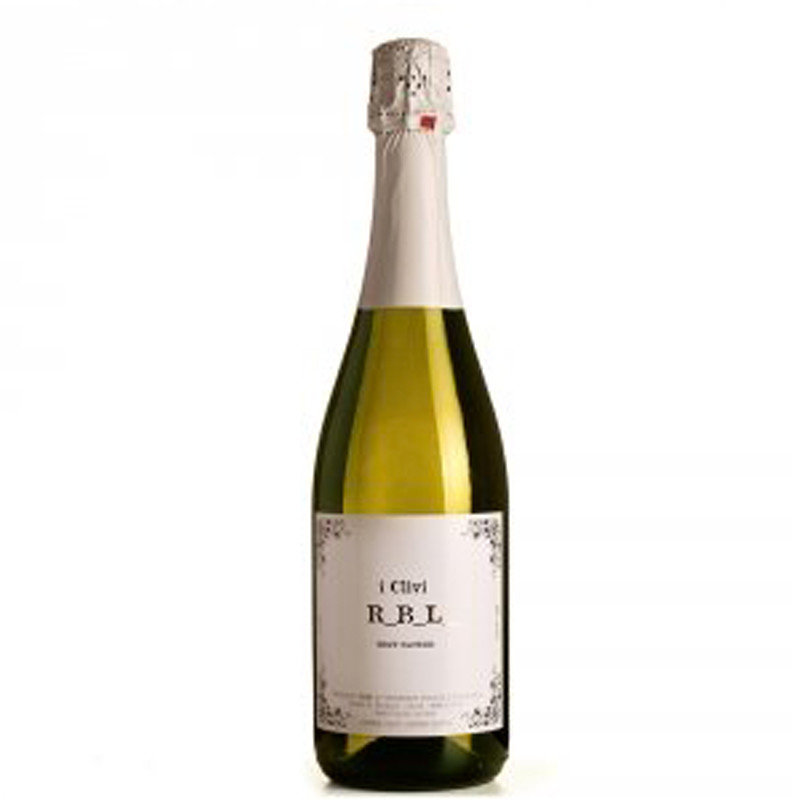
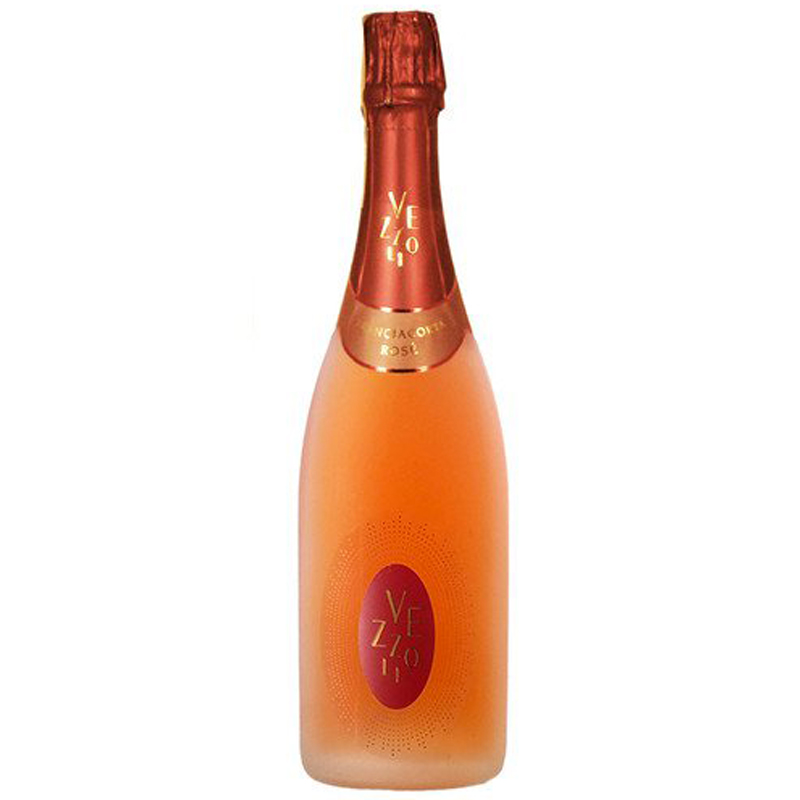
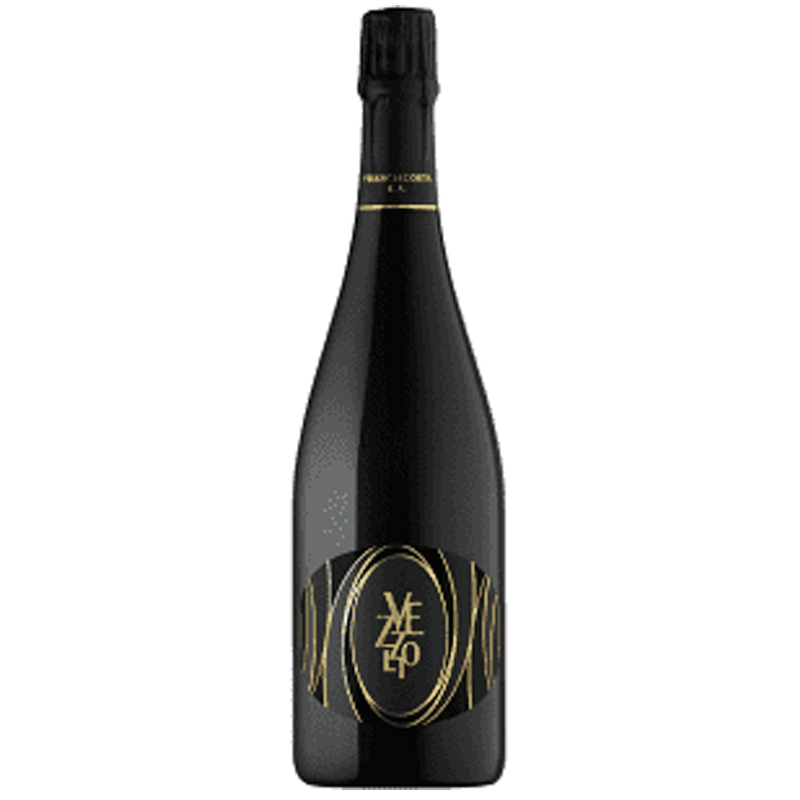
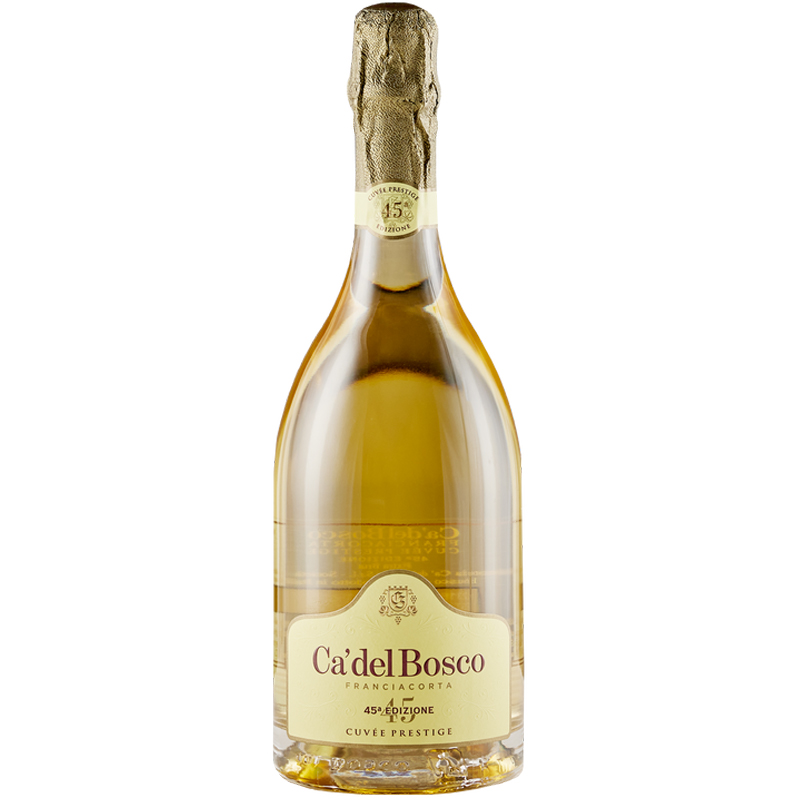
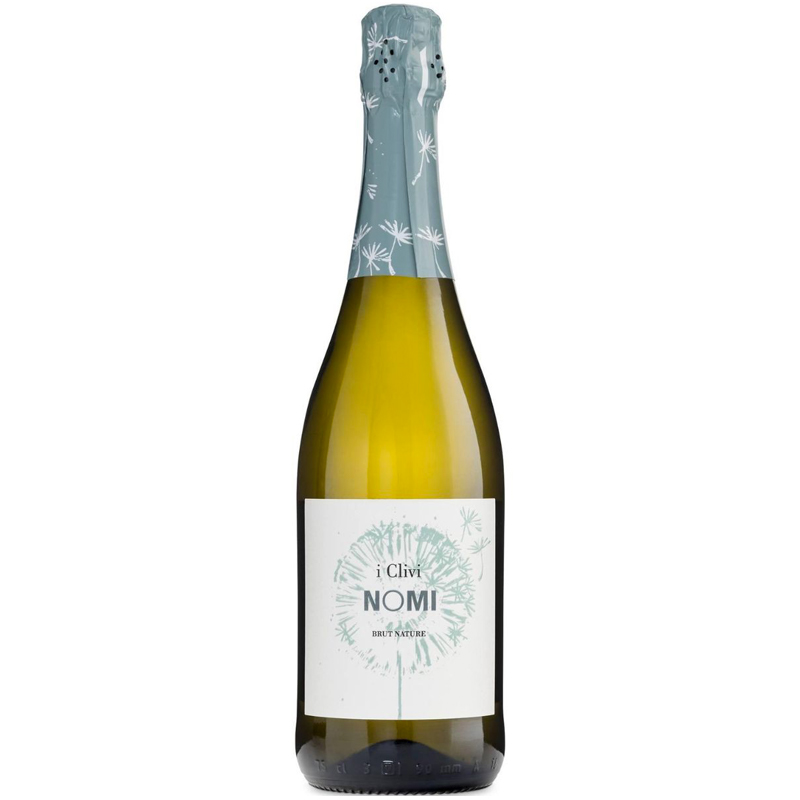
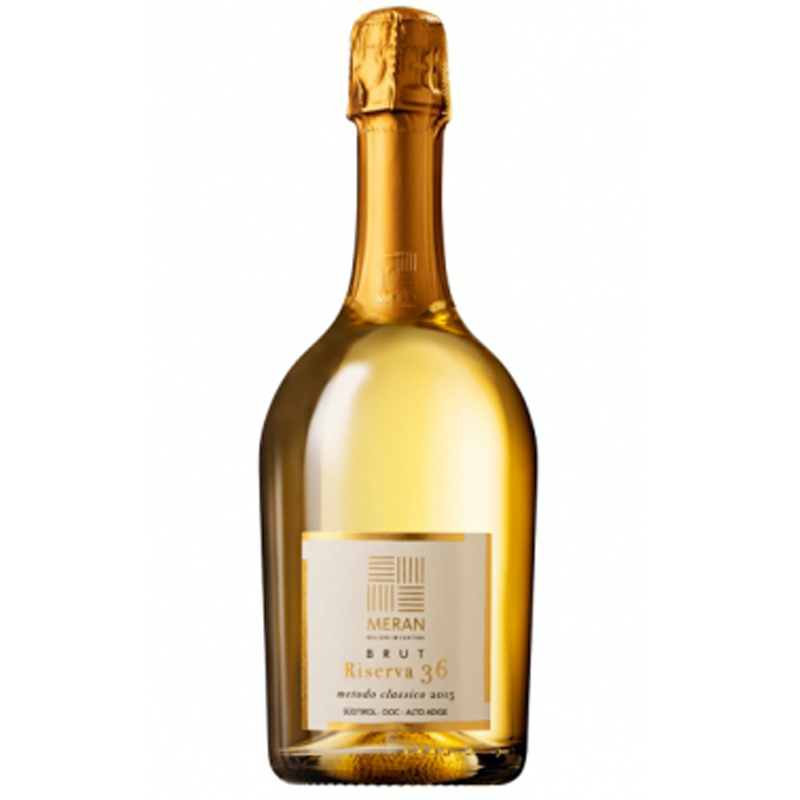

Reviews
There are no reviews yet.